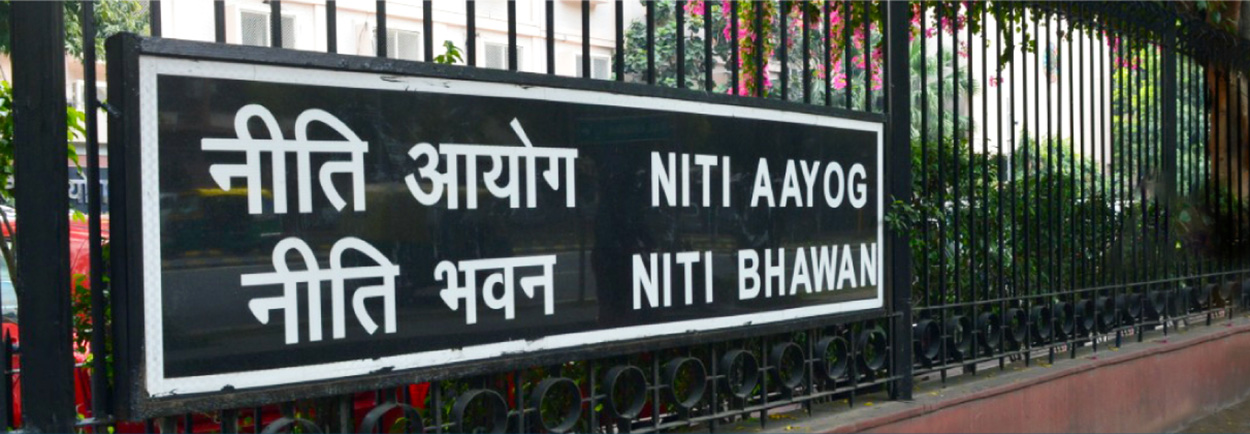NITI Aayog on Tuesday released two inaugural reports under its Services Thematic Series, offering a comprehensive assessment of India’s services sector from the perspective of both output and employment.
The reports — “India’s Services Sector: Insights from GVA Trends and State-Level Dynamics” and “India’s Services Sector: Insights from Employment Trends and State-Level Dynamics” — were launched by NITI Aayog CEO B.V.R. Subrahmanyam.
According to NITI Aayog, these reports represent one of the first detailed assessments of India’s services sector, going beyond aggregate numbers to present disaggregated, state-level insights.
The first report examines national and regional trends to understand how services-led growth is unfolding across states and whether less-developed states are catching up with those that already have a strong services base — a key indicator of balanced regional development.
The report finds that the services sector has emerged as the cornerstone of India’s economy, contributing nearly 55 per cent of national Gross Value Added (GVA) in 2024–25. It notes that the spread of services-led growth is becoming more regionally balanced, with lagging states showing early signs of convergence.
At the policy level, the report recommends strengthening digital infrastructure, logistics, innovation, finance, and skilling to enhance competitiveness. States have been advised to design tailored service strategies, build institutional capacity, and develop regional service clusters based on local strengths.
The second report analyses employment dynamics within the services sector, presenting a detailed profile across sub-sectors, gender, education, and occupations. It highlights the sector’s dual character — comprising modern, high-productivity areas that generate limited employment, and traditional segments that absorb large numbers of workers but remain mostly informal and low-paying.
While the services sector continues to be the main driver of employment growth and post-pandemic recovery, the report notes that challenges persist in the form of informality, uneven job creation, and gender and regional disparities.
To address these gaps, the report proposes a policy roadmap focusing on social protection for gig and self-employed workers, targeted skilling for women and rural youth, investment in emerging and green economy skills, and the development of regional service hubs in Tier-2 and Tier-3 cities.
The reports collectively underline the central role of the services sector in shaping India’s employment transition and advancing the vision of Viksit Bharat @ 2047. They call for greater collaboration between state governments and industry to unlock the next phase of services-led growth through digital expansion, human capital development, and innovation-driven ecosystems.














